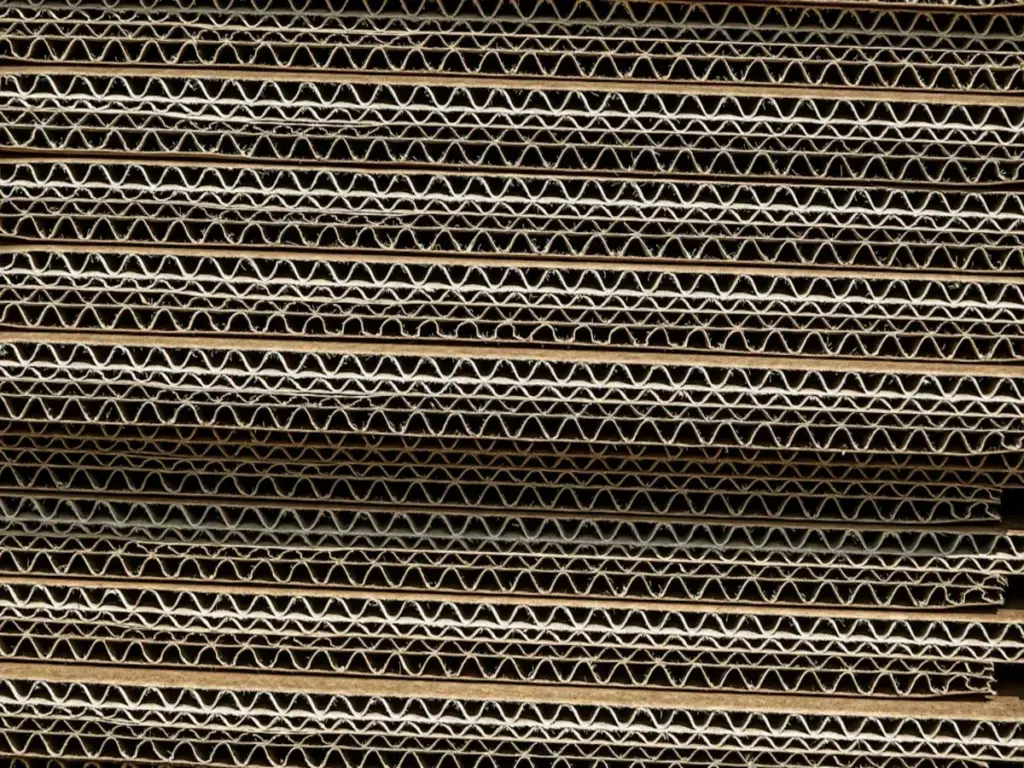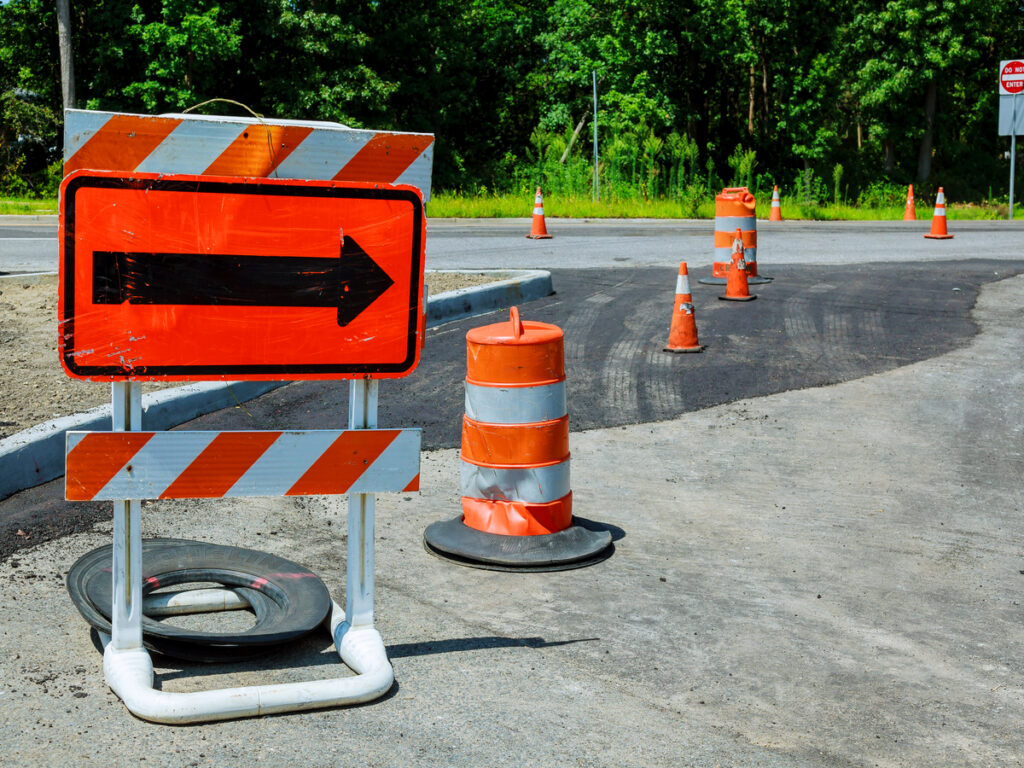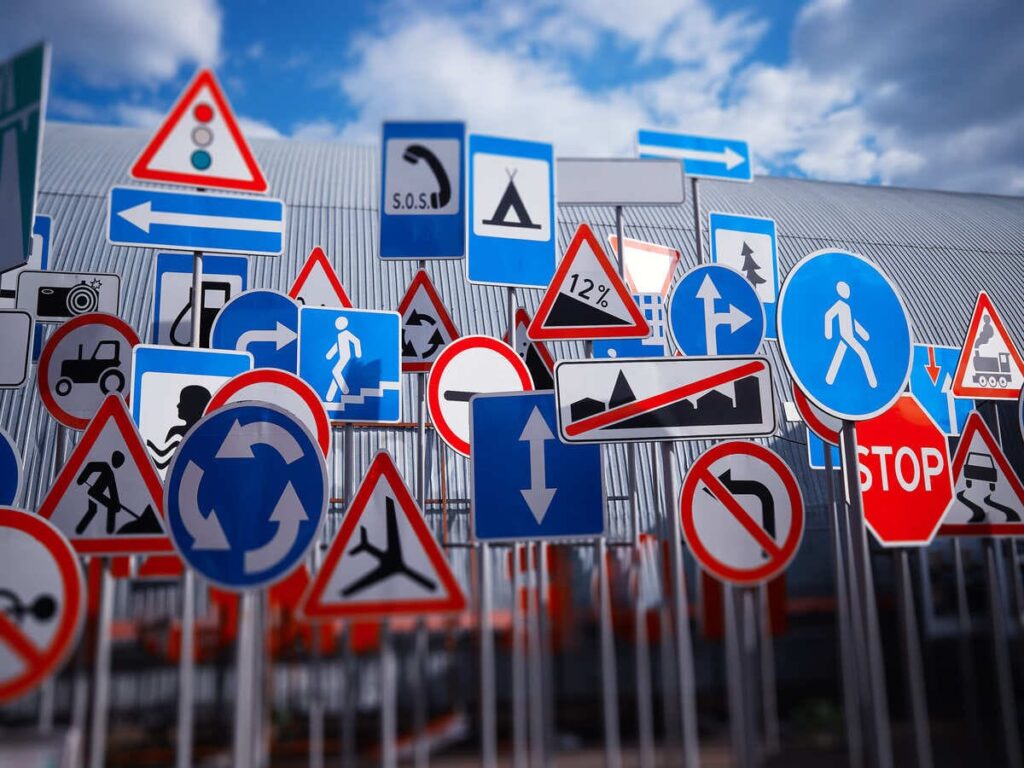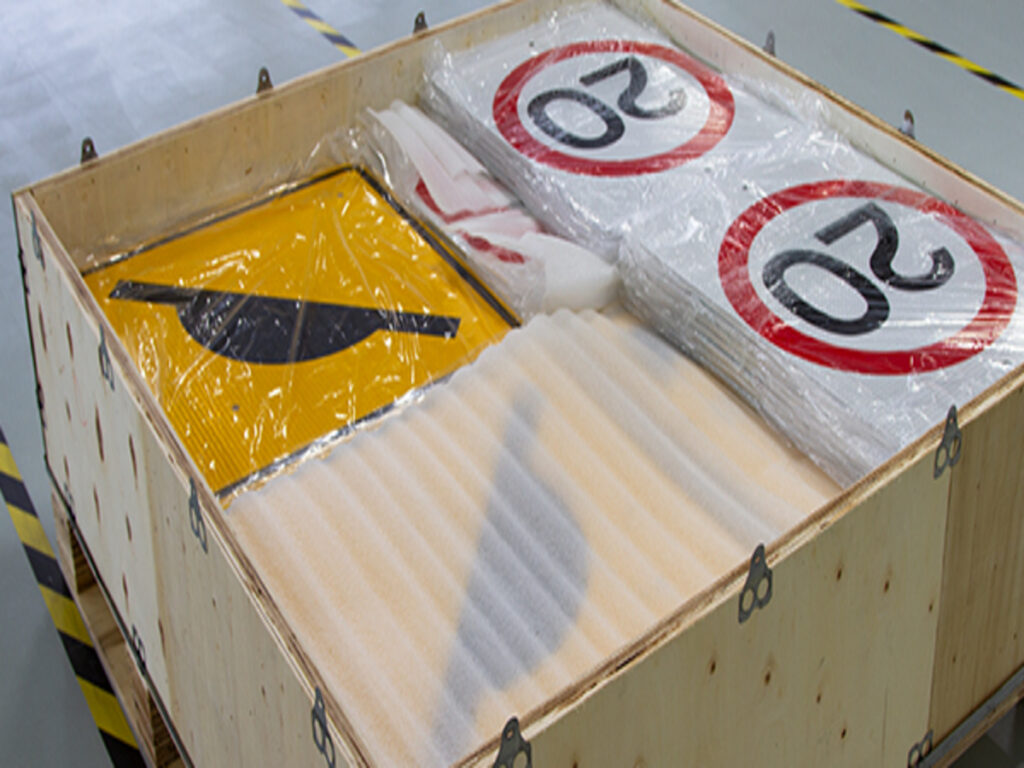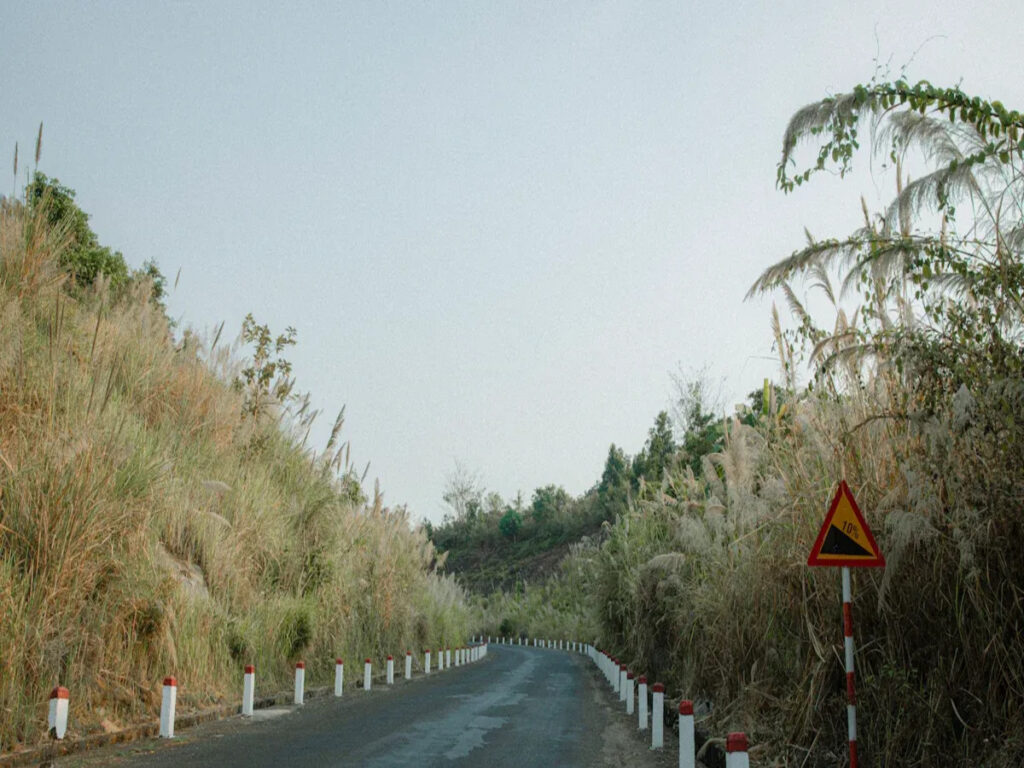
世界中の都市は、持続可能な都市環境の作成に焦点を当てています, ロードボラードは、安全性とエコプログルの両方に不可欠なツールとして認識されています. 都市部が成長するにつれて, 環境にやさしいボラードの需要が上昇します, 自動ボラードのグローバル市場に到達しています $1.5 10億インチ 2025. この成長は、持続可能なスマートな機能の採用によって推進されています, クリーナーを形作ります, より緑の都市空間.
Optrafficは、環境に優しいものを提供することにより、持続可能性をサポートします ボラード それは都市が安全性と効率を向上させながら環境目標を達成するのに役立ちます.
キーテイクアウト
- 持続可能な交通ボラードは、車線から歩道を分離し、事故を減らすことにより、歩行者の安全性を向上させます.
- 環境に優しいボラードは、リサイクルされた再生可能材料を使用しています, 都市が廃棄物を減らし、緑地を保護するのを支援します.
- センサーとソーラーパワーを備えたスマートボラードエネルギーを節約します, メンテナンスコストの削減, リアルタイムトラフィック管理をサポートします.
- ボラードガーデンとグリーンデザインは、植物を保護し、汚染を減らしながら都市の美しさを高めます.
- 認定を選択します, メンテナンスの少ないボラードは、都市がお金を節約するのに役立ちます, 環境目標を達成します, より安全なものを作成します, より緑のコミュニティ.
ロードボラードと都市の持続可能性
排出量と都市汚染の削減
都市はグリーンアーバンインフラストラクチャの一部として道路ボラードを使用してより安全なものを作成します, きれいな通り. これらの障壁は、車線から歩行者の通路を分離します, これは、人々が歩いたり自転車に乗ったりすることを奨励しています. より多くの人々がアクティブな輸送を選択するとき, 都市は、トラフィックが少なく、排出量が少ないことがわかります. このシフトは二酸化炭素排出量の削減をサポートし、より環境に優しい環境を構築するのに役立ちます.
最近の研究では、ボラードとの歩道の分離が人々が安全に感じることが改善されることを示しています. 人々がより安全だと感じるとき, 彼らはもっと歩きます. この変化は、都市空間の汚染と騒音の減少につながります. 良い歩道のメンテナンスと明確な分離も都市の造園をより魅力的にします. 結果として, 都市はエコの目標をより速く到達できます.
| 都市の持続可能性の側面 | 道路ボラードの役割 |
|---|---|
| 歩行者の安全 & モビリティ | ボラードは、歩行者車線を交通から分離します, ウォーキングやサイクリングのようなエコ旅行を促進します. |
| 汚染緩和 | ボラードは歩行者ゾーンの車両を制限します, 排出量と騒音の削減. |
| 緑地保護 | ボラードは、車両を公園や庭園から遠ざけます, 都市の造園と生物多様性をサポートします. |
| コミュニティイベントのサポート | ボラードは、屋外イベントのための安全なスペースを作成します, 環境への影響の低下. |
緑地を保護します
都市が緑地を車両の損傷から保護すると、都市の造園が繁栄します. ボラードはこのプロセスで重要な役割を果たします. 彼らは舗装された道路と緑地の間に明確な境界を設定しました, 車を公園から遠ざけます, 庭園, と並木道. この保護は、植物や木が成長するのに役立ちます, 大気質を改善し、生物多様性をサポートします.
ボラードガーデンは、グリーンアーバンインフラストラクチャのための創造的なソリューションを提供します. ニューヨーク市のような場所, ボラードガーデンは、プランターと機能的なインフラストラクチャを組み合わせています. これらの庭園は車両を止めるだけでなく、都市空間に美容と環境の価値を追加する. 雨水を吸収するのに役立ちます, 洪水を減らします, 昆虫や植物の生息地を作ります. 都市の造園をサポートすることにより, ボラードガーデンは都市をより健康的で楽しいものにします.
ヒント: エコボラードガーデンに投資する都市は、人々と環境の両方に長期的な利益を見ています. これらの機能は、交通の環境への影響を低下させ、持続可能な都市造園をサポートします.
現代の都市のエコに優しいボラード

持続可能な材料
現代の都市は現在、より環境に優しい環境をサポートするために持続可能なボラードソリューションを選択します. メーカーは、ロードボラードデザインで幅広いリサイクル可能で再生可能な材料を使用しています. これらの材料は廃棄物を減らし、都市造園プロジェクトの環境への影響を減らすのに役立ちます.
多くの都市は、リサイクルされたプラスチックを使用しています, ステンレス鋼, エココンクリート, エコに優しいボラードのバイオポリマー. 例えば, the ARMADALEラインアップグレードアライアンス 西オーストラリアに設置されています 3,000 リサイクルされたプラスチックボラード. このプロジェクトはリサイクルされました 34,660 生命の終わりのプラスチックのkgと周りに保管されています 270 埋め立て地からの廃棄物の立方メートル. これらのアクションは、エコマテリアルが大規模なインフラストラクチャプロジェクトに真の違いを生む方法を示しています.
都市造園チームは、ボラードデザインで他の持続可能な材料も使用しています:
- リサイクルスチール, アルミニウム, ゴム, そして、プラスチックは廃棄物を再利用することで循環経済をサポートします.
- 鋼やアルミニウムのような金属は、力を失うことなく何度もリサイクルできます.
- 竹や木材などの再生可能な材料は自然に壊れ、埋め立て地を満たさない.
- リサイクルされたプラスチックと生分解性材料から作られた複合ボラードは軽量で強い.
- 竹のボラードはすぐに成長します, 少し体重, そして簡単に故障します, Ecoプロジェクトの最大の選択肢にします.
- ソーラー駆動のボラードは太陽のエネルギーを使用し、電力線のない公園やエリアでうまく機能します.
- ボラードのLED照明はエネルギーを節約し、長持ちします, これは、メンテナンスが少ないことを意味します.
- 一部のボラードデザインでは、モーションセンサーまたはタイマーを使用してさらに多くのエネルギーを節約します.
注記: ボラードデザインでリサイクルされた再生可能材料を使用すると、都市がより安全な通りを作るのに役立ち、都市の造園の目標をサポートします.
環境認証
認定は、現代のボラードデザインのエコバリューを証明する上で重要な役割を果たします. 多くのメーカーは、環境へのコミットメントを示すために厳格な基準に従っています.
- ISO 14001 認証 企業が環境管理のための国際規則を満たしていることを意味します. これは、彼らが持続可能な方法で製品を作ることに関心があることを示しています.
- Leed Complianceは、材料が責任あるサプライヤーからのものであることを証明しています. これはグリーンサプライチェーンをサポートし、都市が持続可能性の目標を達成するのを支援します.
欧州連合はまた、環境に優しいボラードの高い基準を設定しています. EUグリーンの規制とヨーロッパのグリーン契約は、公共スペースでより持続可能な製品を求めています. これらのルールは、都市造園プロジェクトでのリサイクル材料と省エネの機能の使用を奨励しています.
| 認証/規制 | ボラードにとってそれが意味するもの |
|---|---|
| ISO 14001 | メーカーは環境に優しいプロセスを使用し、廃棄物をうまく管理しています. |
| リード | 材料はグリーンサプライヤーから来ており、持続可能性をサポートします. |
| EUグリーンディール | リサイクルされた材料と省エネボラードのデザインを促進します. |
これらの認定と規制は、都市が環境を保護する製品を選択するのに役立ちます. また、アーバンプランナーがエコの目標に合った持続可能なボラードソリューションを選択しやすくすることもできます.
道路ボラードで歩行者の安全性を高める
交通管理
都市の使用 交通を管理し、忙しい都市空間で人々を保護するための不可欠なツールとしてのロードボラード. これらの安全障壁は、歩行者ゾーンへの車両へのアクセスを制限します, これは、事故のリスクを減らし、混雑した地域での落ち着きをサポートするのに役立ちます. ロンドンで, の研究 120 サイトでは、歩行者の避難所で照らされたボラードがアクティブな歩行者エリアの近くで車両の衝突が少なくなることがわかった. この結果は、道路ボラードが歩行者の安全性を高める上で直接的な役割を果たすことを示しています.
都市の造園プロジェクトには、道路から通路を分離するボラードデザインが含まれることがよくあります. この分離は、人々がアクティブな輸送モードを使用することを奨励しています, ウォーキングやサイクリングなど. 都市が車両へのアクセスを制限するとき, また、騒音や排出量が少ないこともあります. ボラードを使用した歩行者化スキームは、クリーナーを作成します, 静かな都市空間と環境に優しい通勤オプションをサポートします.
| 側面 | 証拠の概要 |
|---|---|
| 空気および騒音公害 | 歩行者化スキーム, 通常、ボラードのような物理的な障壁が含まれます, 地元の大気と騒音の公害の大幅な減少に関連しています. |
| 車両アクセス制限 | 歩行者ゾーンは、ボラードによって強制されることが多いアクセス制限を使用します, これらの地域での車両の存在の減少に貢献しています. |
| 環境および社会的利益 | これらのゾーンは、コミュニティで使用するためのスペースを作成することで居住性を向上させ、観光や地元の小売売上高を増やすことができます. |
| 持続可能な都市モビリティ計画のサポート (サンプ) | アクセス制限付きの歩行者化 (ボラードが含まれています) ウォーキングとサイクリングを促進するより広い都市モビリティ戦略の重要な要素です. |
頭いい, 半自動, 取り外し可能なボラードは、都市が変化するニーズに適応するのに役立ちます. 市場データは、格納式のボラードが自動障壁市場の大部分を保持していることを示しています. 英国の都市, ドイツ, 他の国では、これらのボラードデザインを使用してトラフィックフローを制御し、セキュリティを改善します. IoT対応のスマートボラード リアルタイムの監視とリモートコントロールを許可します, 統合輸送システムをより効率的にします.
ヒント: 取り外し可能で半自動ボラードは、都市空間を柔軟にします. 都市はイベントのために通りを開設または閉鎖できます, 配達, または、都市の造園に永続的な変更のない緊急事態.
衝撃吸収設計
モダンロードボラードデザインは、人々と財産の両方を保護するための吸収の影響に焦点を当てています. エンジニアは、高度な材料と構造を使用して、衝突性を向上させます. 例えば, 降伏線メカニズム (科学) 衝突中にスチールボラードがエネルギーを吸収する方法を予測するのに役立ちます. コンポジットボラードの機能的に段階的なフォームフィラーが粉砕ゾーンを拡張し、エネルギー吸収を増加させる. 炭素繊維強化ポリマー (CFRP) シートはコンクリートで満たされたスチールボラードを強化します, 横方向の変位を約減少します 40%.
| デザインの革新 | 説明 | 定量化されたパラメーター | テスト/検証方法 |
|---|---|---|---|
| 降伏線メカニズム (科学) | スチールボラードの崩壊とエネルギー吸収を予測します | 究極の瞬間, 回転, エネルギー吸収 | 実験テスト, FEMモデリング |
| 機能的に等級付けされたフォーム (FGF) | フォームフィラーはクラッシュワリ性を改善します | 強化された粉砕ゾーン, 体重効率 | 3点曲げテスト, モデリング |
| CFRP強化 | 炭素繊維シートは耐衝撃性を高めます | 40% より少ない横方向の変位 | シミュレーション, パラメトリック研究 |
安全障壁のこれらの革新は、都市が脆弱な道路利用者を保護するのに役立ちます. 衝撃吸収ボラードは、事故の重症度を減らし、より安全な都市造園をサポートする. 適切なボラードデザインを選択します, 市の計画者は、歩行者の安全性を優先する都市空間を作成できます.
アクセシビリティと歩行性
ロードボラードの戦略的な配置は、都市空間でのアクセシビリティと歩行性を向上させる. ボラードは歩行者エリアと車線の間に明確な境界を作成します, 事故のリスクが低下します. 歩道に沿った彼らの存在, 自転車レーン, そして、忙しい交差点は車両を導き、交通の流れを整理します. この組織は交通の落ち着きのスキームをサポートし、都市の造園をより効果的にします.
- ボラードは、不正な車両が歩行者ゾーンに入るのを防ぎます, しかし、彼らは人々が自由に動くことをブロックしません.
- ボラードのデザインの反射コーティングと明るい色は視界を高めます, 人々が夜に安全にナビゲートするのを助ける.
- 柔軟なまたは折りたたみ可能なボラードにより、必要なときに緊急車両が通過することを可能にします, 緊急の状況中にアクセシビリティを維持します.
- ボラードは、人々がキューに巻き込まれ、定義された境界線を提供するのを助けます, 視力障害のあるグループなどの脆弱なグループに利益をもたらす.
ニューヨークのような都市の公的機関は、ボラードがアクセシビリティ基準を満たしていると報告しています, アメリカ障害者法など. ビデオ分析は、障害のある歩行者がボラードと格闘していないことを示しています, そして、彼らの中を歩いている人々の事件は観察されていません. これらの調査結果は、障害のある人のために障壁を作成することなく、ロードボラードが歩行者の安全性を高めるという考えを支持しています.
ボラードのデザインを使用する都市の造園プロジェクトにより、都市はより歩きやすく魅力的になります. 車両の動きを管理し、脆弱なユーザーを保護することにより, ボラードは都市空間をより安全に変えるのに役立ちます, 誰にとってもアクセスしやすい環境.
スマートで革新的なボラードソリューション
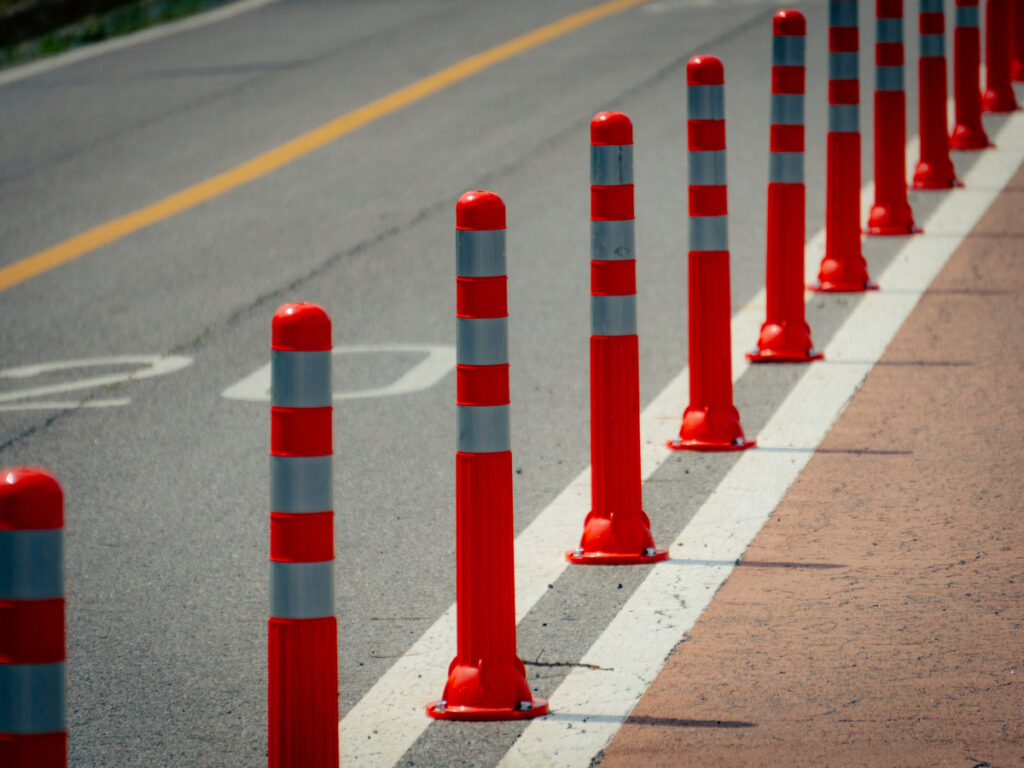
IoTおよびセンサーの統合
都市は現在、高度な技術を備えたスマートロードボラードを使用して、安全性と交通の流れを改善します. これらのボラードにはセンサーがあり、ネットワークに接続しています, 道路や公共スペースのリアルタイム監視を許可します. 例えば, ロッテルダム港はスマートボラードを使用して係留ラインの負荷を追跡します, ドックでの事故を防ぐのに役立ちます. シンガポールは、交通と歩行者の両方の動きを管理するために輸送システムと連携するスマートボラードをインストールしました. 英国で, クラッシュレートのスマートボラードがセキュリティネットワークに接続して、車両ベースの攻撃を防ぐのに役立ちます.
| 例の例 | スマートボラードソリューションの説明 | 都市の監視と安全への影響 |
|---|---|---|
| ロッテルダム港 | センサーを装備したスマートボラードは、係留ラインのドッキング船の荷物をリアルタイムで監視しています. | ドッキング事故を防ぎ、データ駆動型の洞察を通じてバース作戦を最適化することにより、海上安全を強化しました. |
| シンガポール | 動的トラフィックと歩行者管理のためのスマートボラードとインテリジェントトランスポートシステムと統合. | 歩行者の安全性が向上しました, 混雑の減少, リアルタイムの監視と適応制御を通るトラフィックの流れの向上. |
| イギリス (英国) | テロリズム予防のためにセキュリティネットワークに接続されたクラッシュ評価のスマートボラードの展開. | 車両ベースの攻撃を防ぎ、公共の場やイベントを確保することにより、都市の安全を強化しました. |
Konyaのような他の都市, アムステルダム, シャーロットはスマートボラードを使用してデータを収集します, トラフィック信号を調整します, 車両をガイドします. これらのシステムは、待ち時間を短縮するのに役立ちます, 排出量が少ない, そして、すべての人の安全性を向上させます.
太陽およびエネルギー効率の高いボラード
太陽光発電でエネルギー効率の高いボラードは、都市がエネルギーを節約し、環境を保護するのに役立ちます. これらのボラードは高性能ソーラーパネルを使用して日光を浴び、エネルギーを貯蔵します. モーションセンサーは、人や車が近くにいる場合にのみライトをオンにします, さらに多くのパワーを節約します. 一部のモデル, Onyx Bollardsのように, 輝くことができます 41 1回の料金の時間. オコボラードは日光なしで少なくとも8晩続くことができます.
- グリッドフリーの操作は電力コストを削減し、市の二酸化炭素排出量を削減します.
- 耐久性のある素材は、これらのボラードが長持ちするのに役立ちます, 厳しい天気でも.
- スマートコントロールにより、都市の労働者に明るさを調整できます, スケジュールを設定します, モーション検出を使用してエネルギーを節約します.
- 定期的なクリーニングとバッテリーチェックは、システムをうまく動作させ続けます.
ニューヨーク市は、忙しい歩行者エリアでソーラー駆動のボラードを使用して、夜間の視界を改善し、ECOの目標をサポートしています.
バイオポリマーとメンテナンスの低いデザイン
現在、多くの都市はバイオポリマーとリサイクル材料から作られたエコロードボラードを選択します. これらのボラードはメンテナンスが少なく、従来のオプションよりも長持ちする必要があります. 例えば, ミラノは、IoTセンサーとバイオポリマー材料を備えたスマートボラードを使用して、トラフィックを管理し、その歴史的センターのセキュリティを改善します. ロンドンやその他の都市はクラッシュ評価をインストールします, 公共スペースを保護し、維持費を削減するための低メンテナンスボラード.
- バイオポリマーボラードは天気と摩耗に抵抗します, したがって、都市は修理に費やす費用が少なくなります.
- これらのデザインは、再生可能またはリサイクルされた材料を使用することにより、環境に優しい目標をサポートしています.
- スマート機能, リアルタイム監視のように, 都市労働者が問題を迅速に見つけ、街路を安全に保つのを助ける.
注記: エコ素材と高度なテクノロジーを備えたスマートボラードは、都市がより安全に作成するのに役立ちます, より緑, より効率的な都市空間.
長期的な利益と課題
コストとメンテナンス
持続可能なボラードは、都市に長期貯蓄を提供します. ソーラーLEDボラードライトは、太陽光発電を使用して電気コストを削除します. ワイヤーフリーのデザインにより、インストールが簡単で安価になります. LEDライトは最後に 50,000 時間, これは、交換が少なく、廃棄物が少ないことを意味します. 耐久性, 耐候性の材料は、ボラードが厳しい天候に耐えるのに役立ち、修理の必要性を減らします. 10年以上, LEDロードボラードは約節約できます $1,300 従来の照明と比較したユニットあたり. これらの節約は、エネルギー使用量の減少とメンテナンスの頻度が低いことから来ています.
| 側面 | LEDボラードライト | PSMHボラードライト | 長期的な利益 |
|---|---|---|---|
| 寿命 | 以上 50,000 時間 | 10,000 時間 | 必要な交換が少ない |
| 運用コスト (10 年) | $185.30 | $1,489.60 | $1,304.30 ボラードあたりの節約 |
| メンテナンス要件 | 最小限 | 頻繁 | より低い努力とコスト |
ボラードは重要なインフラストラクチャも保護します, 水や電気システムなど. この保護は、都市が高価な修理を避けるのに役立ちます. ボラードが車両の損傷のリスクを低下させるため、保険料は低下する可能性があります.
都市の美学
持続可能なボラードは都市空間のルックアンドフィールを改善します. テレスコープとポップアップボラードは、小さな通りでの車のアクセスを制限します, ウォーキングとサイクリングのためのスペースを作る. この変更は、より安全なものを作成することにより、都市の造園をサポートします, より魅力的なエリア. ボラードガーデンは緑と美しさを追加します, 安全性と自然の混合. これらの機能は、公共エリアをより快適で歓迎するのに役立ちます. 人々はより安全だと感じ、屋外で時間を過ごすことを楽しんでいます, それは隣人の間の社会的相互作用と信頼を高めます.
ヒント: ボラードガーデンは、鈍い角を活気に変えることができます, 安全性とコミュニティの両方のプライドをサポートするグリーンギャザリングスポット.
政策とコミュニティの関与
都市のリーダーとプランナーは、都市空間のために持続可能なボラードを選ぶ上で重要な役割を果たします. インストールのニーズのバランスをとる必要があります, アクセシビリティ, とパフォーマンス. コミュニティの入力は、決定のガイドに役立ちます, ボラードが地元のニーズに合っていることを確認してください. 都市の造園とグリーンインフラストラクチャをサポートするポリシーは、環境に優しいデザインの使用を奨励しています. 住民がより安全に見えるとき, 緑の通り, 彼らは自分の近所にもっとつながっていると感じています. この帰属意識は、人々が共有スペースを使用してケアするにつれて成長します.
持続可能な交通ボラードは、都市がより安全で環境に優しいものになるのを助けます. これらのソリューションは歩行者を保護します, 環境目標をサポートします, 公共スペースの見た目を改善します. 都市計画者, エンジニア, コミュニティは協力して将来のプロジェクトの環境に優しいオプションを選択できます.
革新を採用することによって, 緑の安全対策, 都市部はより健康でより活気のある未来への道を導くことができます.
よくある質問
ボラードは持続可能な交通渋滞を使用しています?
メーカーはしばしばリサイクルプラスチックを使用します, ステンレス鋼, エココンクリート, およびバイオポリマー. 一部のデザインには、竹や木材が含まれます. これら ボラード材料 廃棄物を減らし、循環経済を支援するのに役立ちます.
環境に優しいボラードは環境をどのように助けますか?
環境に優しいボラードは排出量を下回ります, 埋め立ての無駄を減らします, 緑地を保護します. これらのボラードを使用する都市は、よりきれいな空気とより健康的な都市環境をサポートしています.
環境基準のために認定されている持続可能なボラードです?
多くの持続可能なボラードは、ISOのような認定を満たしています 14001 とリード. これらの認定は、製品が厳格な環境ガイドラインに従っていることを示しています.
スマートボラードは都市の安全性を向上させることができます?
Smart Road BollardsはセンサーとIoTテクノロジーを使用しています. トラフィックを監視します, 制御アクセス, リアルタイムデータを提供します. 都市はこの情報を使用して安全性を向上させ、街路をより良く管理します.
持続可能なボラードは、多くのメンテナンスが必要です?
最も持続可能なボラードは、メンテナンスがほとんど必要ありません. 耐久性のある材料とエネルギー効率の高い機能, ソーラー照明のように, それらを長持ちさせ、修理コストを削減します.
ヒント: 認定を選択します, メンテナンスの少ないボラードは、都市がお金を節約し、環境を保護するのに役立ちます.


